What Are SFP Port: From Beginner to Expert Guide
Table of content
Introduction:
Doubling the port density in the same switch and modifying the network without replacing the complete cabling infrastructure is achievable through an SFP port. The most important thing is you can do it at economical rates. An SFP Port, on most modern network devices, is a small slot that accepts an SFP module insert for high-speed data transmission and telecommunication applications. The present blog is meant to explore SFP ports, their definition, features, use cases, and types. Read ahead to dig deeper into the topic if you want to learn more.
What Are SFP Port:
An SFP port or Small-form Factor Pluggable port is a small physical slot in which SFP modules, also known as SFP transceivers, are inserted. Basically, SFP ports are used for data transmission and allow users to connect switches to other networking devices, such as routers, servers, and storage devices through fiber optic cables. The best part of SFP ports is they are open for upgradation or replacement without affecting the entire switch. In order to achieve higher bandwidth and long-distance transmission, they are mostly installed in enterprise networks. Besides, SFP ports work efficiently with multiple types of SFP modules in Cisco switches.
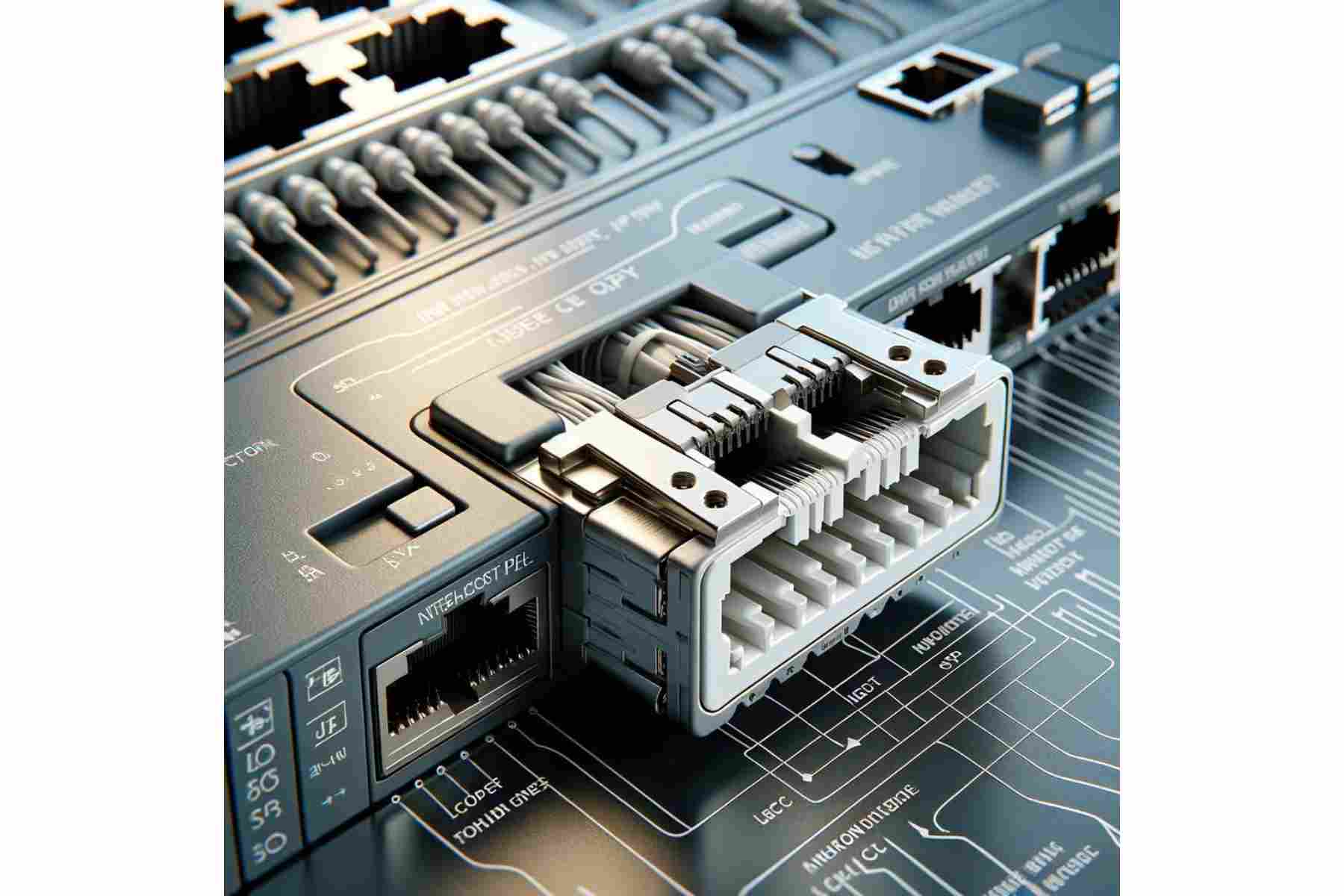
What is an SFP Module?
A Small-form factor Pluggable module on an Ethernet switch is a hot-swappable device that connects your switches to routers, servers, and storage devices while being inserted in an SFP port. It is also referred to as an SFP transceiver, which means it not only transmits but also receives data to and from devices at a higher rate. Mostly installed in networking infrastructures such as SONET, Gigabit Ethernet, Fibre Channel, Passive Optical Networks (PON), and other communication standards, the SFP module comes up as an ultimate solution for ever-growing networks.
What Is an SFP Port Used For?
An SFP port is used for long-distance transmission and successful cabling, which are paramount for any modern networking environment. The primary purpose of an SFP port is to transfer data to and from interconnected devices. They achieve this goal by housing an SFP module or transceiver attached to a fiber optic or copper cable. The data transfer rate of an SFP module depends on the maximum distance accommodated with the help of SFP ports, and it also determines which type of cable is suitable for this transmission.
Purpose of SFP Ports:
The primary purpose of SFP Ports is to facilitate long-distance data communication as well as telecommunication connections in a smooth manner at a greater speed. An SFP port works along its matching SFP module.
Mostly, they are used in industrial, commercial, and military workstations where a greater rate of data transmission is required. SFP ports are employed to interconnect one-gigabit network switches where they boost and expand the capacity and bring improvement to the network operations.
Features and Benefits of SFP Port:
Features:
- SFP ports are significantly smaller than the early GBIC module port and double the density of SFP ports on a panel, along with enhancing data capacity.
- SFP ports support hot-swapping and various port types like 1000Base-SX and 1000Base-LX/LH. Third: They considerably lower data loss and electromagnetic interference, boosting reliability and offering better security.
- SFP ports and SFP+ enable load balancing with Gigabit switches, accommodate 10GE SFP+ ports for system upgradation, and guarantee high network capacity.
Benefits:
- Flexibility: SFP ports enable network administrators to choose the suitable transceiver type according to their requirements. They allow users to select from fiber and optic accordingly.
- Scalability: SFP ports are highly scalable, support ever-changing data rates, and can accommodate increasing bandwidth requirements without any need for a big replacement in the entire networking architecture.
- Hot-Swappable: These ports are hot-swappable and do not cause any disruption in network activity in times of replacement or upgradation. They are more convenient to replace and upgrade.
- Long-distance Connectivity: With fiber optic SFP fibers, data transmission over long distances becomes a smooth and seamless process for network administrators, making SFP ports a second-to-none option for long-distance connectivity.
- Budget-Friendly: SFP ports bring a Pay-As-You-Grow approach that allows network administrators to go for all needed ports without breaking the bank.
Importance of an SFP Port:
Copper cables bring high-speed transmission. However, a network administrator knows that high-speed network switch performs well only when they work with fiber ports. The reason is only fiber ports have the ability to transmit data over long distances. Besides, SFP ports, when working with fiber cables, are more expensive, reliable, and proficient. In contrast, copper cables are good only for short-length data transmission and connectivity.
Let’s break the story into bullet points:
- SFP ports are cost-effective and the most reasonable. You don’t have to worry about the networking budget when considering SFP ports along with the industry’s transceivers.
- They have the ability to maximize the port density without requiring any extra switch space. Also known as mini-GBIC ports, SFP ports have a considerably small size.
- SFP ports are hot-swappable. They enable network modification and upgradation without shutting down the switch or affecting the network operation. You can replace the required SFP module quickly without any disruption.
- Depending on vendors and manufacturers, its rates can vary, but still, it is found a budget-friendly and effective choice by a large number of network administrators.
Use Case of SFP Port:
Network administrators always strive for network aggregation, which means they are always looking forward to interconnecting multiple devices in order to maximize the data-transmission distance as well as bandwidth. And this is where an SFP port comes into consideration. Thus, without going for future predictions, let us discuss two major use cases of SFP port that are witnessed today:
For High-Speed Data Transmission:
SFP port are used for high-rate data transmission without facing hurdles in the process. They can transmit larger amounts of data besides enabling data-intensive applications. Industries like telecommunication, healthcare, and finance are the biggest fans of SFP port as they can achieve a greater data transmission rate of up to 100Gb/s.
To Maximize Distance for Data Transmission:
SFP ports are employed to narrow the gap between devices in order to bridge the bigger distance. Yes, they can maximize the data transmission distance according to your needs and requirements. However, to achieve this particular goal, you have to choose the right cable (Fiber optic cable) along with a suitable SFP module to send data over long distances. Without matching fiber optic cable with SFP module, required data transmission distance and efficiency cannot be achieved.
Common Types of SFP Port:
SFP port can be categorized into two types based on their functions. First is SFP Combo Port and second is SFP Uplink Port. Let’s discuss them separately:
SFP Combo Port:
As the name implies, the SFP combo port has the same function as another physical port (mainly 1000BASE-T RJ45 port). It’s a combo interface that can link to the correct Ethernet port through the same port number and switch fabric, but both ports cannot function together. One has to be on rest when the second one is active. Think of the SFP combo port as a movie option, when you have the option to watch many, but you cannot watch two at the same time.
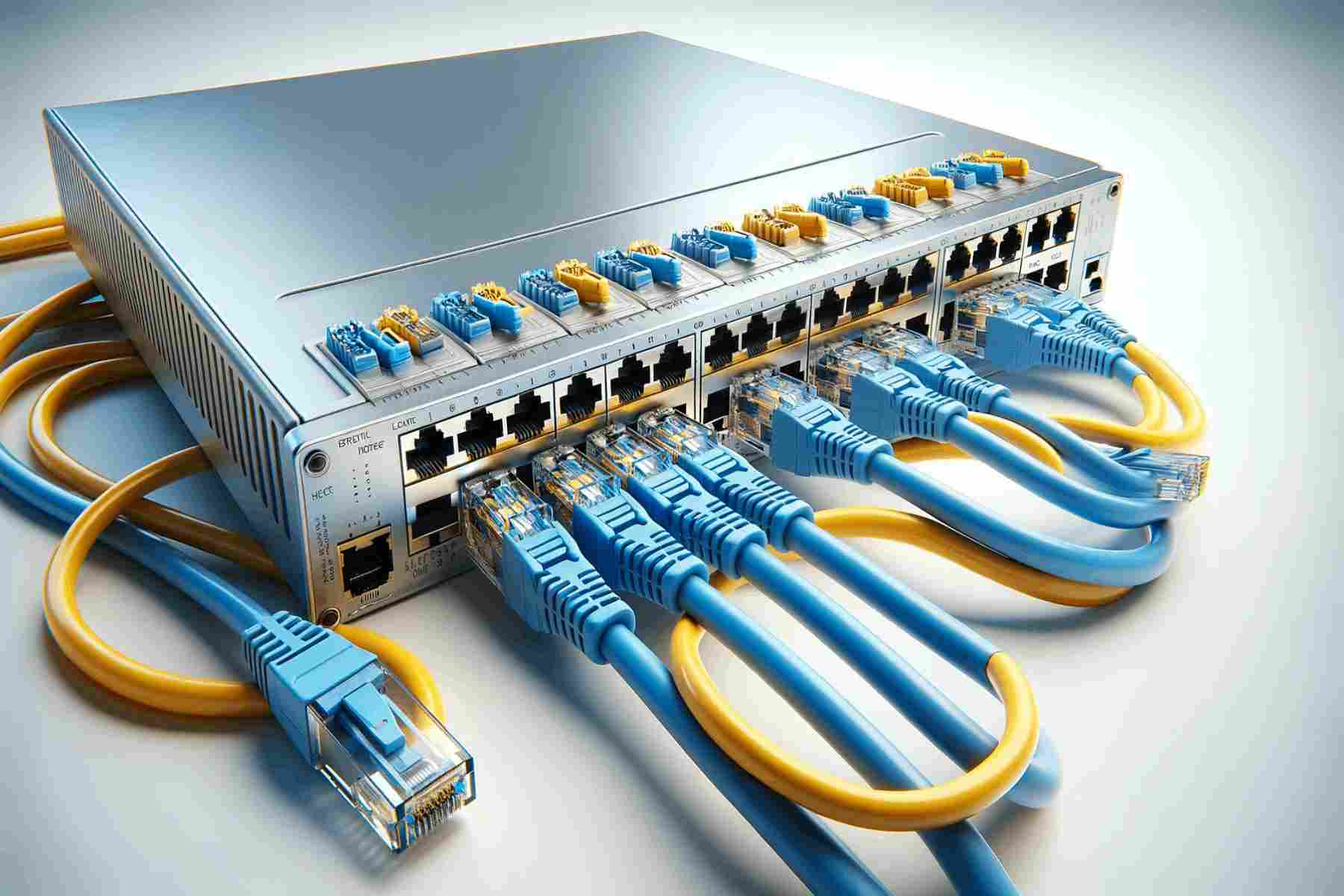
SFP Uplink Port:
Think of an SFP uplink port as a small road that connects to the highway. An SFP uplink (smaller in speed) link to the downlink port (larger and faster in speed). Network administrators have to be careful when merging two devices. To avoid any potential issues, it is recommended that you do not attempt to connect two uplink ports.
RJ45 vs SFP Ports:
What is the point of distinction between RJ45 and SFP ports when they perform the same action and have the same responsibilities? We have the answer. The main difference between RJ45 and SFP ports lies not in their activities but in their performance and capabilities. Here is a quick comparison:
- RJ45 can cover a small distance that is limited to a home or a building (100m) whereas SFP ports have the ability to cover a greater distance, which can be kilometers.
- SFP ports consume a lesser amount of energy than RJ45 ports.
- RJ45 ports are a bit more expensive than SFP ports.
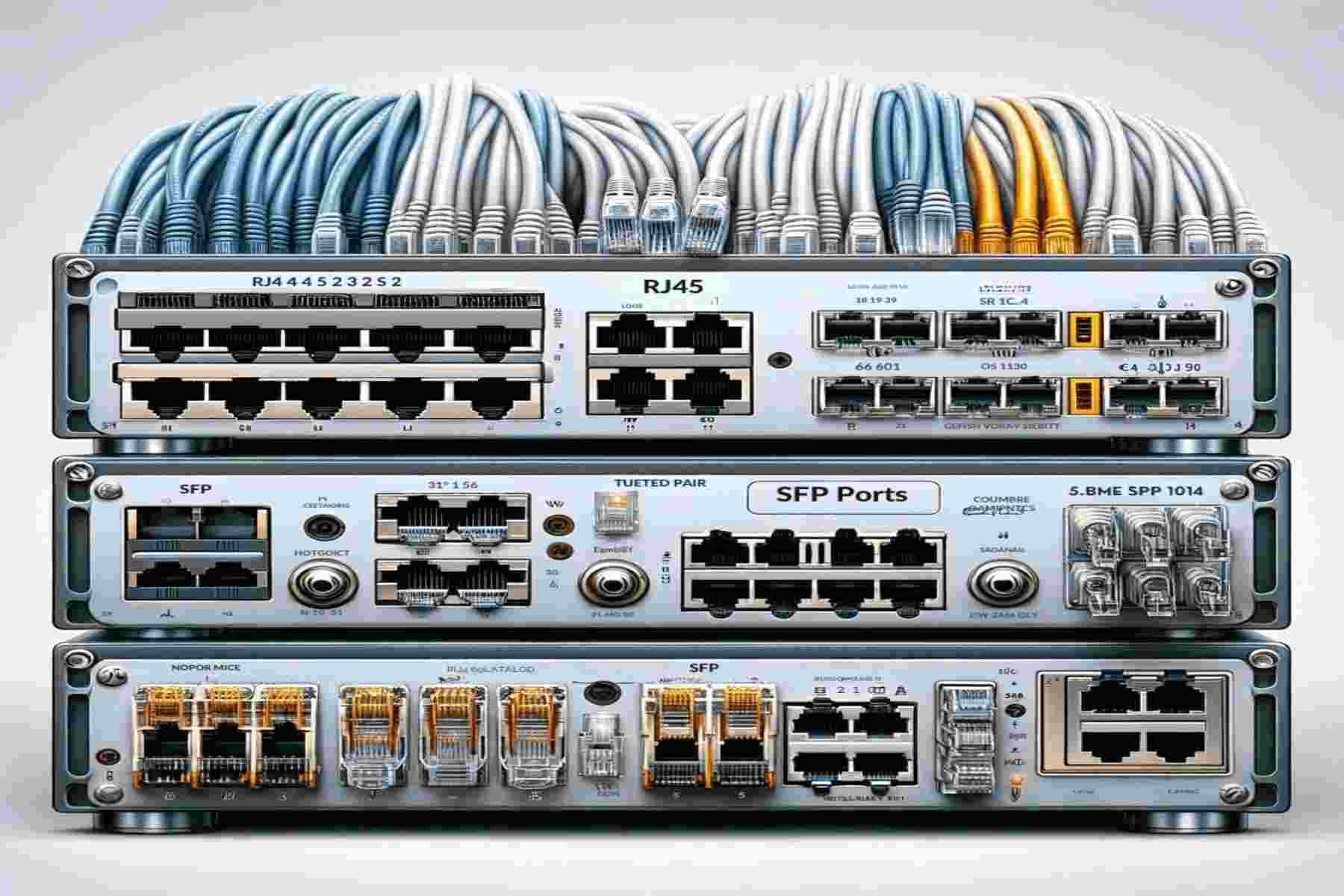
Conclusion:
SFP ports are interfaces to expand and modify your network as well as to achieve greater bandwidth. They can be found in networking devices such as Cisco Switches, Routers, Firewalls, and Cisco Wireless APs & Controllers. These devices, along with some storage devices, interconnect one another through SFP ports with an appropriate SFP module. SFP ports feature advanced capabilities, bridging the gap between devices and providing network administrators with a rush of benefits. Therefore, revisit the point you missed and learn why SFP ports are crucial. Keep visiting Buyrouterswitch for further updates.
Frequently Asked Questions:
What is an SFP port?
SFP ports are small-form factor pluggable slots in a networking device in which SFP modules (SFP transceivers) are inserted to connect a switch to other networking equipment. SFP ports are used to maximize data transmission distance as well as to boost the data transmission speed.
Why SFP ports are crucial?
Fiber ports are crucial because they are a cost-effective and seamless way to transmit data over long distances that sometimes span kilometers. A fiber port functions along fiber cable that works with almost every high-speed network switch to deliver a greater bandwidth over large distances.
What is the difference between RJ45 and SFP ports?
The difference between RJ45 and SFP port is that RJ45 is for short distances that can transmit data only to a limit of 100 meters, whereas SFP ports enable data transmission over kilometers. Additionally, RJ45 is more expensive than SFP ports.
What is an SFP used for?
SFP ports jump in when you have to link your networking ecosystem in different areas. They are used to send data over long distances through a fiber optic cable.
How to choose between RJ45 vs SFP ports?
You must keep in mind the speed, transmission distance, latency, security, reliability, energy efficiency, and cost when selecting RJ45 or an SFP port. After considering these areas, you can recognize which option is best for you.




 Catalog
Catalog

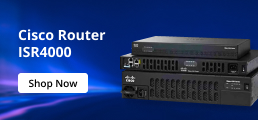


























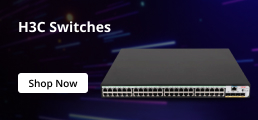



















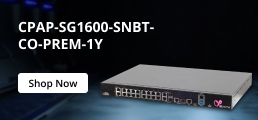




























































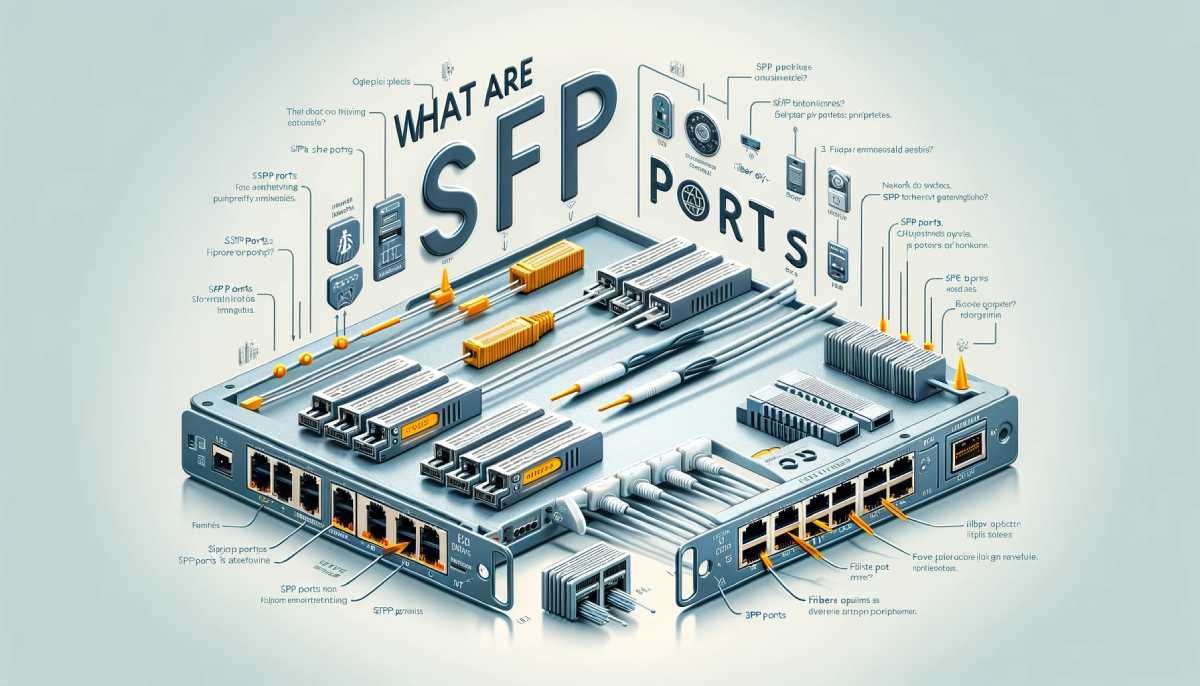
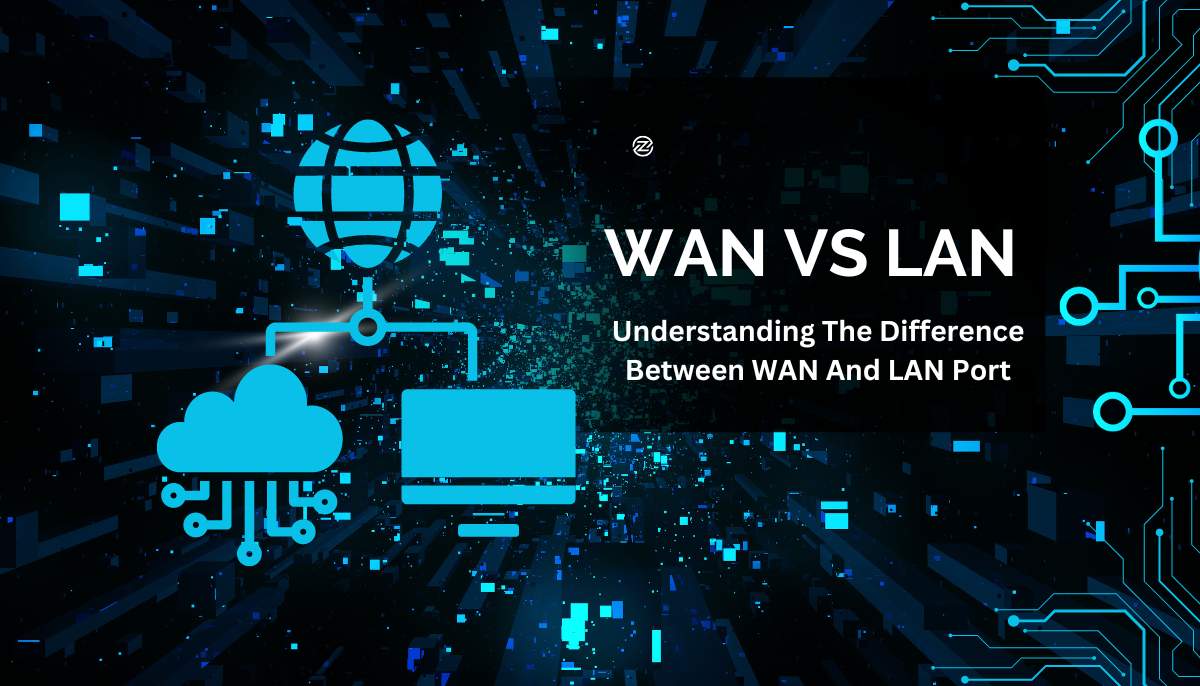
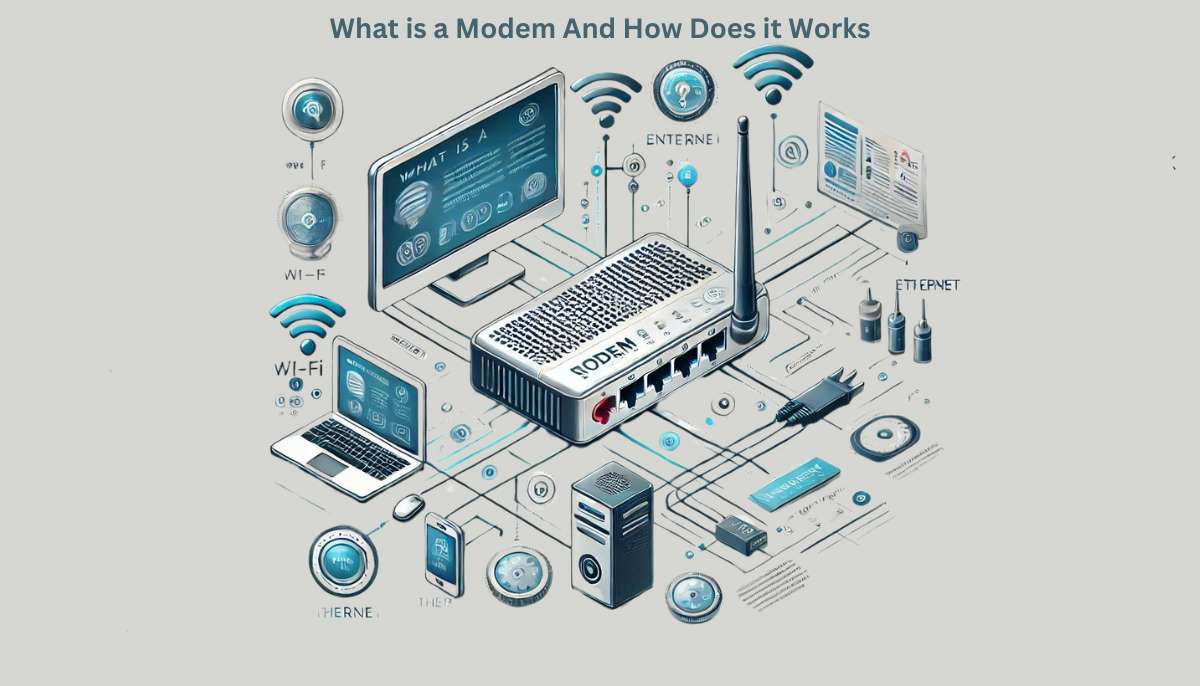
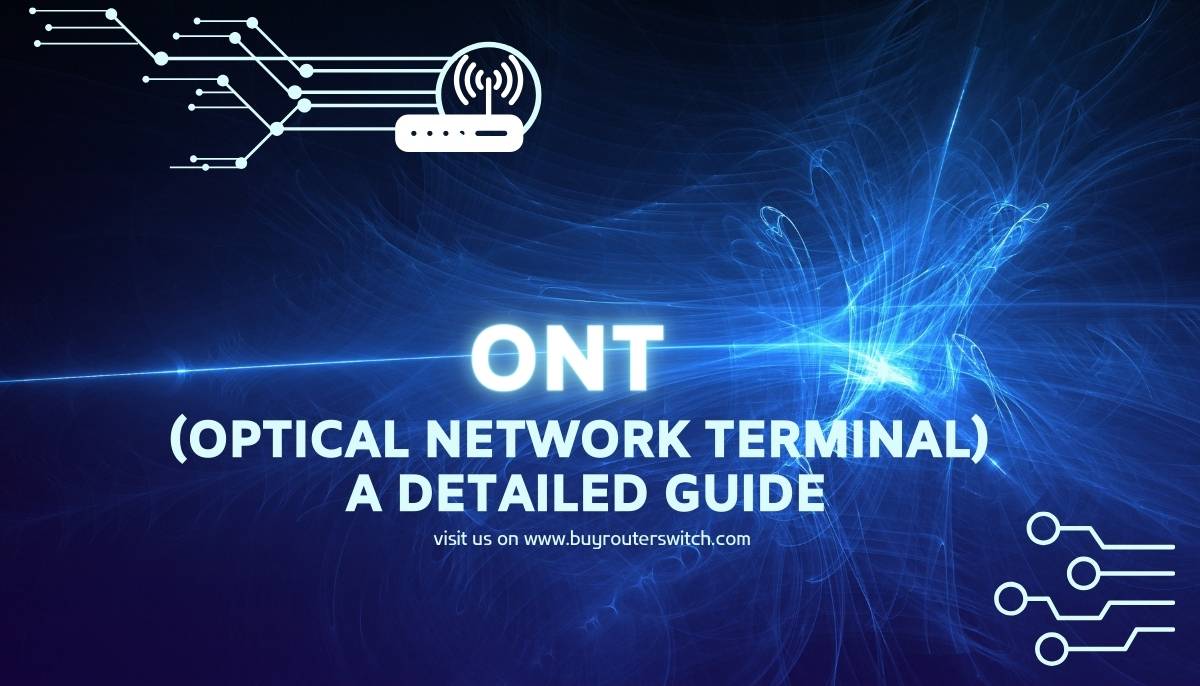




 (800) 870-9487
(800) 870-9487